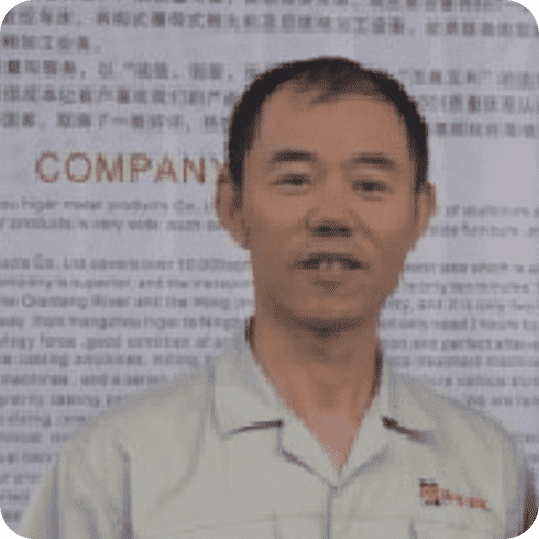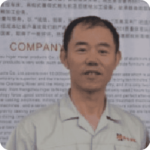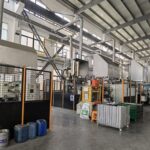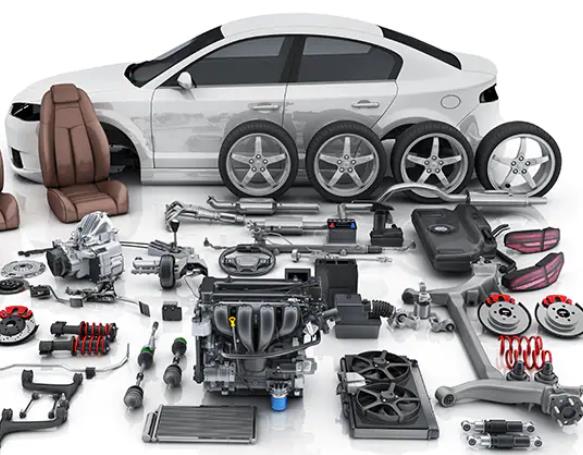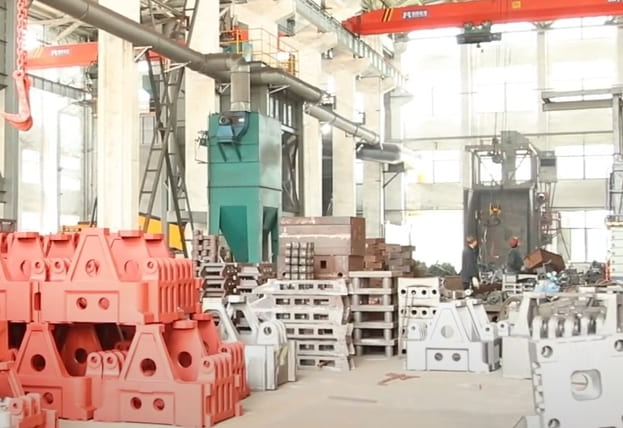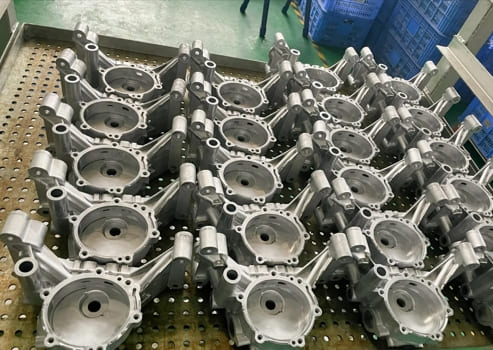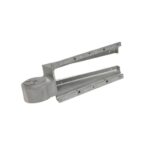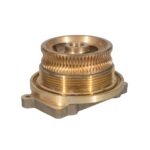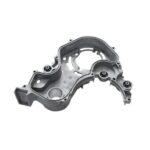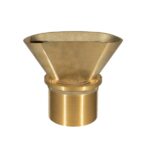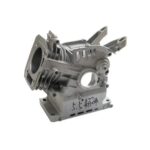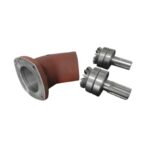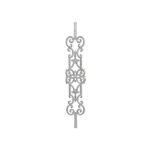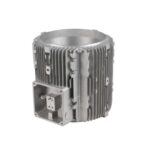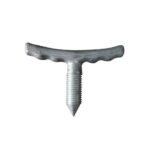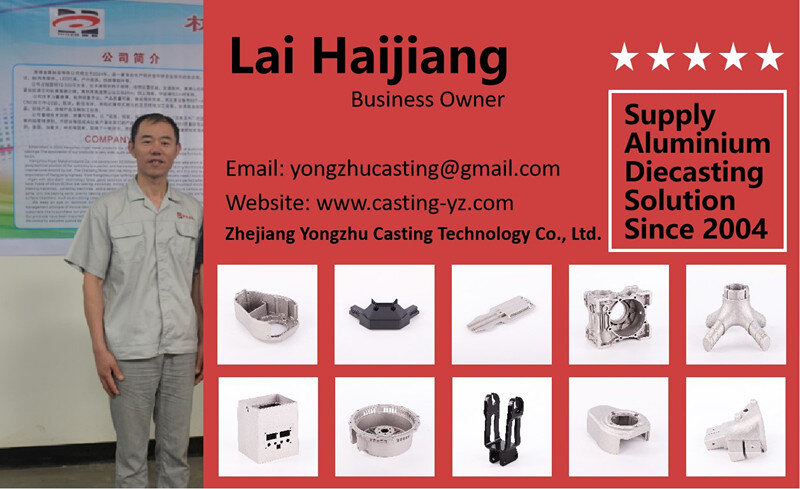
Hi, I’m Lai Haijiang, owner of Yongzhu Die Casting since 2004. Passionate about aluminum die-casting? Let’s chat! We craft custom aluminum parts for various industries and offer both manufacturing and wholesale services. Interested in being our overseas agent? Drop me an email with your ideas, and I’ll get back to you swiftly!
What Can Be Found in Aluminium Die Casting Design Guidelines?
Aluminium die casting design guidelines include key principles like material selection, wall thickness, and incorporation of fillets and ribs to ensure structural integrity and manufacturability.
The guidelines also emphasize the importance of thermal balancing in design to prevent defects and ensure uniform cooling.
Design for manufacturability (DFM) principles are a crucial part of these guidelines, focusing on simplifying the die casting process while maximizing product quality and efficiency.
How Do Aluminium Die Casting Defects Affect Product Quality?
Defects in aluminium die casting, such as porosity, inclusions, and cold shuts, can significantly compromise the structural integrity and aesthetic appeal of the final product.
- Porosity leads to weakened structural integrity.
- Inclusions can cause surface imperfections and internal weaknesses.
- Cold shuts result in poor surface finish and potential for part failure.
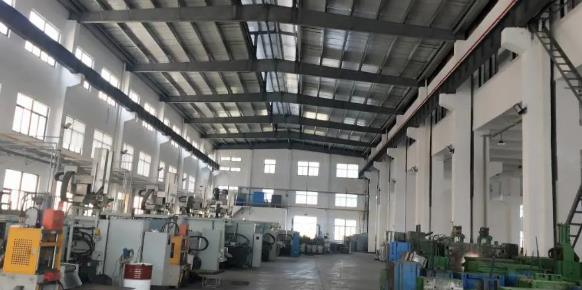
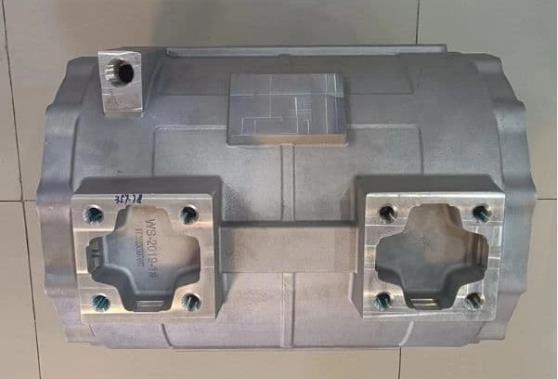
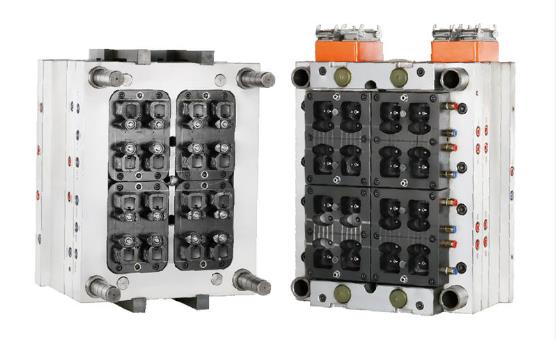
What Causes Defects in Aluminium Die Casting and How Can They Be Solved?
Common causes of defects in aluminium die casting include improper temperature control, inadequate mold design, and impurities in the molten aluminium.
Solutions involve precise temperature management, optimized mold design, and stringent quality control of the aluminium used.
- Temperature Control: Ensuring the aluminium is at the optimal temperature for casting.
- Mold Design: Creating molds that facilitate proper flow and cooling.
- Quality Control: Regular testing of aluminium to ensure purity and suitability for casting.
Why Are Draft Angles Important in Aluminium Die Casting Design?
Draft angles are critical in aluminium die casting design to facilitate the easy removal of the part from the mold without causing damage.
The angle needs to be optimized to balance ease of removal with the desired final shape and surface finish of the part.
- Draft angles prevent part sticking and deformation.
- They influence the surface finish and dimensional accuracy of the cast part.
How Can Aluminium Die Casting Defects and Remedies Be Effectively Managed?
Effective management of defects in aluminium die casting involves a combination of good design practices, stringent process control, and regular quality checks.
- Implementing advanced simulation software for predicting and addressing potential defect areas.
- Training personnel in best practices and quality control measures.
- Utilizing state-of-the-art casting equipment and technologies.

What Are the Key Points in Aluminium Die Casting Defects Presentations?
Key points in presentations about aluminium die casting defects include the identification, causes, effects, and prevention strategies for common defects.
- Identifying specific types of defects, such as porosity, flash, and misruns.
- Discussing the root causes and how they can be mitigated.
- Outlining the impact of these defects on product functionality and aesthetics.
Where Can You Find Reputable Aluminium Die Casting Dealers?
Reputable aluminium die casting dealers can be found through industry trade shows, online marketplaces, and professional industry networks.
- Online directories and B2B platforms offer extensive listings of experienced dealers.
- Recommendations from industry peers and associations can lead to trusted dealers.
- Reviewing case studies and client testimonials helps in assessing the reputation and reliability of dealers.

How Does Draft Impact the Aluminium Die Casting Process?
The draft angle in aluminium die casting impacts the ease of mold release, overall cycle time, and the quality of the finished product.
- Inadequate draft can lead to part sticking and increased cycle time.
- Proper draft ensures a smoother surface finish and reduces the risk of damage to the part.
What Are the Major Differences in Aluminium Die Casting Techniques?
Key differences in aluminium die casting techniques include high-pressure vs. low-pressure methods, vacuum casting, and squeeze casting, each with their unique benefits and applications.
- High-pressure die casting is ideal for high-volume production of complex shapes, offering excellent dimensional accuracy and surface finish.
- Low-pressure casting is suited for larger, less complex components, beneficial for its superior metal quality and reduced porosity.
- Vacuum and squeeze casting techniques offer solutions for producing parts with reduced porosity and improved mechanical properties. Vacuum casting is particularly useful for complex parts requiring tight tolerances, while squeeze casting is renowned for producing high-integrity components with excellent mechanical properties.
This article provides a comprehensive overview of aluminium die casting, addressing key aspects from design to defect resolution. It highlights the industry’s best practices, technological advancements, and provides valuable insights for professionals and buyers in the field.
Drop me an email with your ideas, and I’ll get back to you swiftly!

